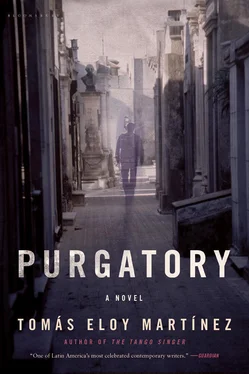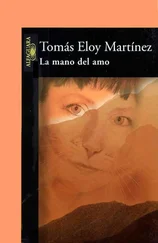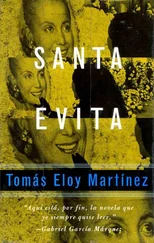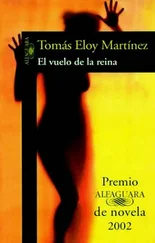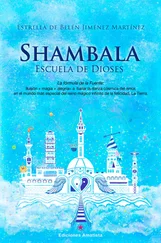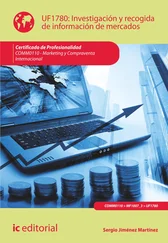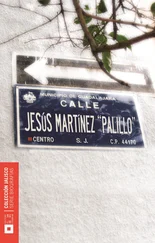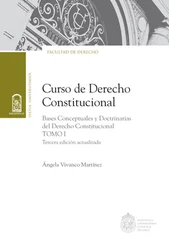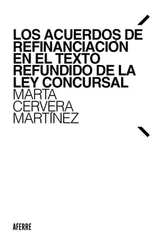Emilia invited me to tea at her apartment on North 4th on Saturday afternoon. I accepted without a second’s thought for the simple reason that I wanted to see the plastic Stabilene sheets on which mapmakers marked out planimetric elements in the 1970s, and to talk to her about ‘scribing’, the process used in making large-scale maps back then.
The two-family houses I’d seen in Highland Park, rented by students or visiting professors, were invariably sparsely furnished: makeshift bookshelves made of planks and cement bricks, a kitchen table where the computer sat alongside yesterday’s lunch plates, a few chairs, a television and a bed that would not have looked out of place in a monk’s cell. Emilia’s apartment, on the other hand, took up the whole top floor. Maps and plans were strewn everywhere, covering up the rugs and the ruched curtains. She had invited Nancy Frears too to avoid any malicious gossip among the neighbours. While Nancy was setting the table, Emilia excitedly gave me a tour of the apartment’s three small rooms: a bedroom hung with calendars, thermometers and photos of her nieces and nephews sending their love from San Antonio, Texas; a dining room with a small bookcase, a pair of overstuffed armchairs and a drawing table; and a tiny room about six foot by six foot whose focal point was an exercise bike. Opposite the bike was a hi-fi system and a pair of Bose speakers. I spotted albums by León Gieco, Almendra and Charly García between Bach suites and the chamber music of Charles-Valentin Alkan. I could easily imagine Emilia spending hours here, sculpting her legs and toning her abs.
Before I could persuade Emilia to talk to me about the Stabilene film used in map-making thirty years ago, or allow me to run my fingers over samples of coloured Mylar sheets — orange, yellow, green, midnight blue — I first had to brave the thick tangle of gossip and family tragedy Nancy had amassed on the residents of Highland Park: the screaming matches between the Flemms — professors of electrical engineering — that spilled out onto the street, a juicy tale of adultery and ruinous stock market investments; the scandal provoked by the sermon in which Father Landowski denounced the secret abortions of two Catholic teenagers; the shock imprisonment — for only nine hours — of local policeman Tom Nizmar’s eldest boy for stealing a CD from Barnes & Noble. There was nothing that Nancy did not know, including the exact time I came out onto the porch to pick up the Times and the fact that I was disappointed when it was delivered late on Sundays. I asked how she managed to know so much about people who lived miles away and she informed me that you had only to keep your ears open in any beauty salon to be able to predict — with a tiny margin of error — who was getting married, who having a baby and which businesses in Highland Park were about to go belly up.
It was Nancy who asked me if I’d ever seen Large Lenny on Main Street. I didn’t know who she meant until she described him. ‘Sure, I know him,’ I said. ‘I’ve seen him walking up and down at all hours like a madman.’ Lenny, she told me, really was mad. He was six foot ten tall and weighed about 370 pounds. He’d burst into elementary-school classes and rail against abortion and euthanasia. ‘I am the way, the truth and the life,’ he’d say. ‘The life that I give in heaven no one can take away on earth.’ Now and again, the police would take him into custody for disorderly conduct, but he was always released within a couple of hours because his constant bellowing of verses from the Gospels terrified the local cops.
Large Lenny would follow the kids when they got out of school, proclaiming: ‘Be not deceived, children, be not deceived. Many will come claiming to speak in the name of the Father, saying that the end of the world is nigh, but they are liars. Do not listen to them. Listen only to me.’ After school, the kids would always have stale cookies and bits of chalk in their bags and would throw them at Lenny to try to get him to shut up, but Large Lenny would not leave the Scriptures in peace. Nothing could stop him. When night fell and people took refuge in their houses, they could still hear the giant’s supplications over the noise of Passover celebrations, bar mitzvahs, over the din of the television. ‘Come from your lairs, your burrows, and touch me,’ he’d roar. ‘I am not a spirit, because a spirit has no flesh, no bones, and I do, as you can see!’ ‘You’d have to be blind not to see you, lardass!’ they would call from their houses. ‘That’s enough now. Go home to bed!’
Three or four times a month the mayor’s office would get a petition asking that Large Lenny be committed to an asylum. Nothing ever happened, however, because it would be a drain on public funds and also because his meanderings along Main Street brought in tourists from Princeton and Metuchen. ‘Large Lenny might not be in his right mind,’ Nancy said to me, ‘but he’s gentle as a butterfly.’
I left before it got dark, just as Nancy was trying to convince me that, with a bit of patience, it was possible to win a fortune playing bingo and the lottery. By then, I had managed to persuade Emilia to lend me some Stabilene sheets and partially completed maps her husband had drawn.
As she showed me out, she asked if I would mind meeting up now and then for a chat. ‘I can’t remember the last time I heard an Argentinian voice,’ she said. I promised to call her, almost out of a sense of guilt. A week later, I bumped into her outside the Bagel Dish Café opposite the pharmacy and, having nothing better to do, agreed to join her for coffee. Without Nancy Frears around, Emilia turned out to be exactly as I expected: an intelligent woman preoccupied by the misfortunes of the world. She had just read Philip Roth’s novel about Charles Lindberg and offered to show me the house where the hero’s son had been kidnapped in 1932. ‘If you like,’ she said, slipping into the familiar Spanish tuteo , ‘I can introduce you to the nice old man who lives there now. He’s convinced he’s Lindberg’s lost child — he certainly acts like a child.’ ‘What do you mean, a child?’ I asked. ‘Twenty months old,’ she said, ‘the age Lindberg’s son was when he was taken.’
When Emilia began to tell me her life story, I was writing a novel set in Buenos Aires and the last thing I wanted was to hear anything that would put me off: other people’s memories can stir up private memories which I find distracting. But it was impossible not to be captivated by the skill with which she wove the tangled web of her story; by the measured, confiding tone that implied this was something she would not tell anyone else in the world. Sometimes, if I closed my eyes and followed the story, like a sailboat going where the wind takes it, it was like being alone with a good book because, like Maugham (Emilia had at least ten volumes of Maugham in Penguin Classics), she was a master of concealing the essential in order to reveal it gradually.
She was an avid reader with a keen intelligence. She could appreciate the similarities between Kafka’s early work and Flaubert’s Sentimental Education , and gave a detailed account of Guillermo Sánchez Trujillo’s study on the influence of Crime and Punishment on The Trial , which theorised that Dostoevsky’s novel provided Kafka with a template that allowed him to recount the break-up of his engagement to Felice Bauer. Our conversation was a series of endless, aimless stories, but we didn’t care because this was why we were here, to talk about things that would be meaningless to anyone else in the town. I contributed my own share of trivia, mentioning — though it had nothing to do with the conversation — Dante’s influence on Borges’ mature poetry, something that seemed self-evident to me. I was about to explain why when Emilia interrupted me and recited long passages from Infierno and Purgatorio , interweaving them seamlessly with verses from El otro, el mismo and Elogio de la sombra , collections which Borges published just before he turned seventy. I don’t know which Spanish translation of Dante she was quoting, but I know that what she did was a revelation, it made them seem like the work of a single poet. ‘In both of them,’ she said to me, ‘and contrary to what the romantics and the symbolists believe, the state of blessedness and joy can attain an intensity that is more moving than that of suffering.’
Читать дальше
